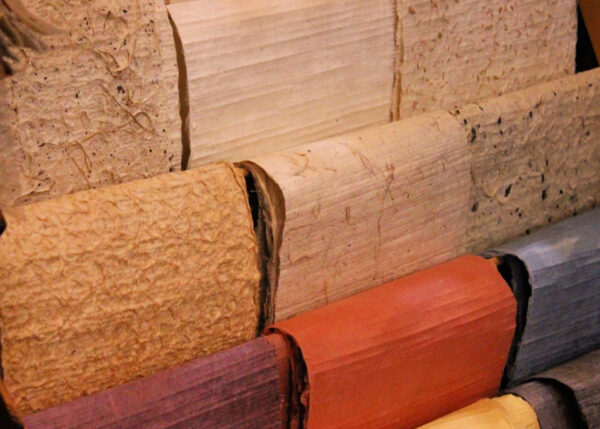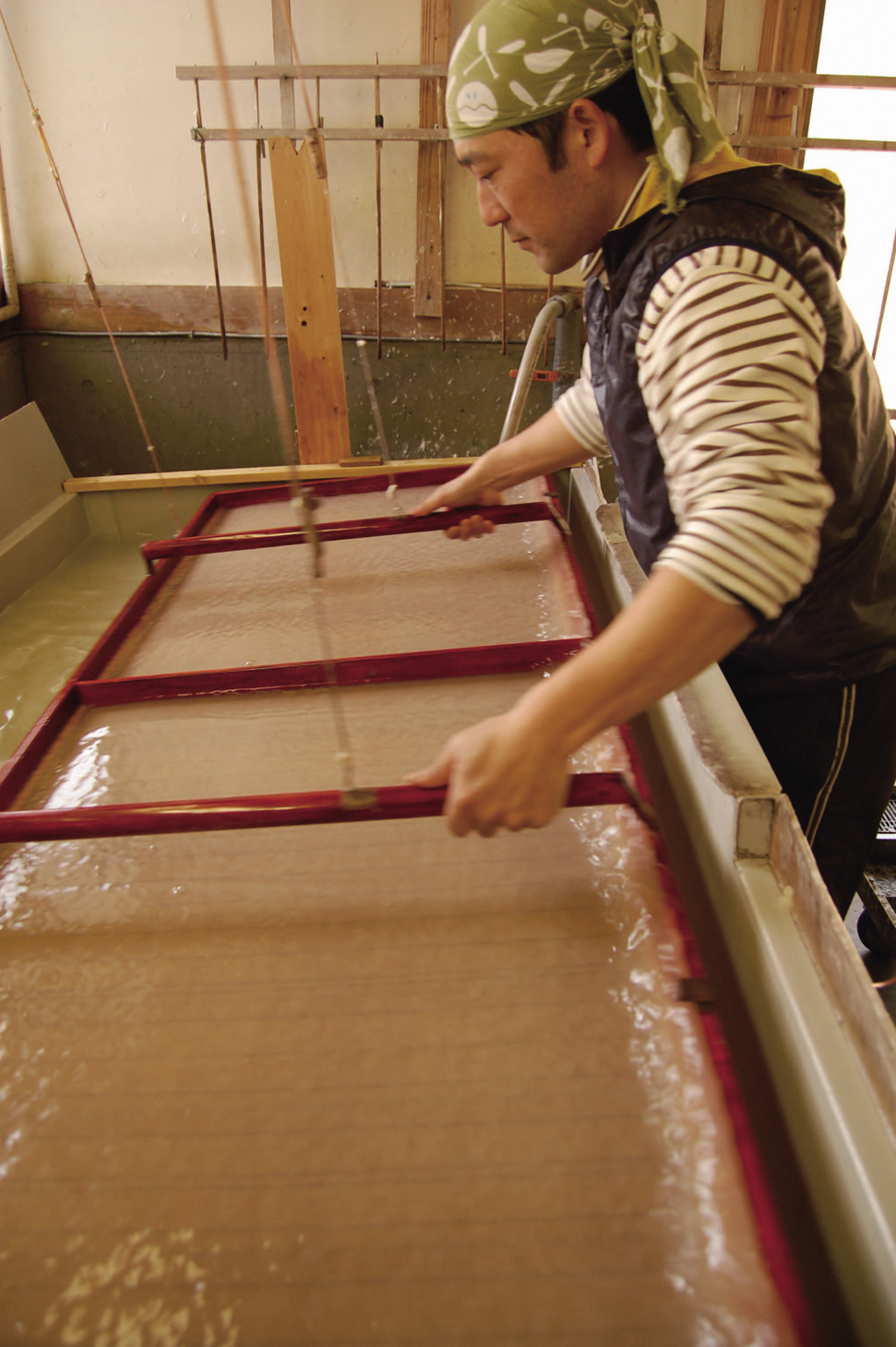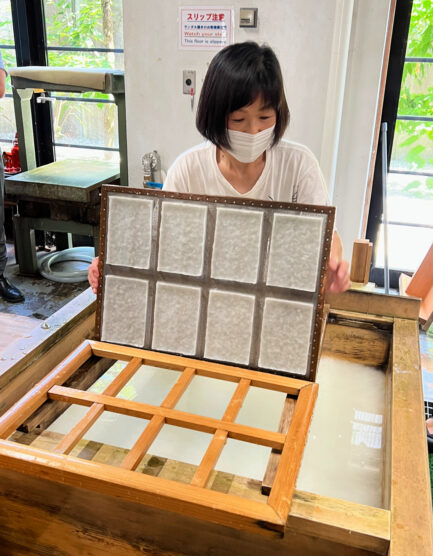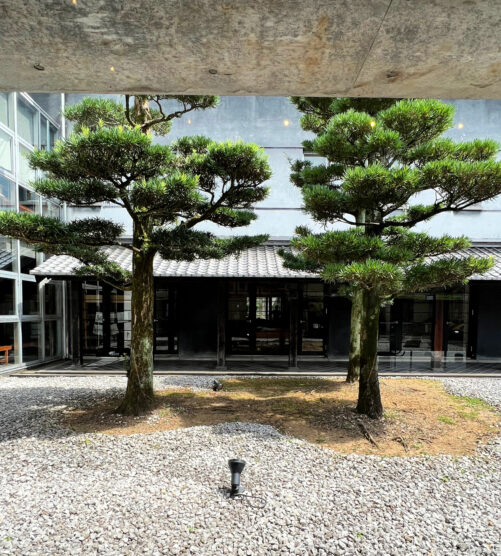The Intangible Artistry of Tosa Washi Paper
As anyone who’s been to Japan and wandered one of its magnificent multi-storey stationery stores knows, the country takes paper seriously.
Washi paper (washi literally means “Japanese paper”) possesses high historic and artistic value for Japan. In Tosa, a compact city In Kochi Prefecture on the island of Shikoku, the smallest of Japan’s four main islands, washi has been made by hand for more than 1,000 years.
Kochi Prefecture, previously called Tosa Province, benefits from an advantageous climate, agricultural heritage, and proximity to the clear, fresh water of the Niyodo River, key ingredients for fashioning the particularly light and strong traditional paper.
Washi has historically been used for everything from garments to gift wrap and stationery, as well as for the construction of distinctive shoji screens and fusuma sliding doors in traditional Japanese homes.
During the peaceful Edo period (from the 17th to the 19th century), Tosa’s style of washi become nationally known when sets of seven distinctively coloured washi were gifted to the Tokugawa shogunate.


Courtesy of Ino-cho Paper Museum

Courtesy of Ino-cho Paper Museum
Today, the region continues to produce about 300 types of Tosa washi paper, characterized by thinness and strength. Notable examples are Tosa tengujo-shi and usuyou-gampi. Just 0.03 millimetres thick, they are among the thinnest of all handmade paper and are produced exclusively in Ino, a small riverside town north of Tosa city.
At the Ino-cho Paper Museum, visitors can explore the full spectrum of Tosa washi papermaking. The informative displays, including a workshop where paper artisans work daily, highlight how washi transforms from plants to paper via myriad wooden tools and a centuries-old papermaking process.
It is laborious work, involving four key natural ingredients: water from the Niyodo River and fibres from kozo (paper mulberry) and the shrub-like gampi and mitsumata, members of the daphne family. A fifth vital ingredient is tororo-aoi, a mallow-type plant whose mucilage-rich roots produce neri, a binding, glue-like substance.
At the museum, the history of Tosa’s paper culture is relayed in an informative if amusing sub-titled video presentation by a pint-sized bearded and animated kawaii version of local 19th-century washi pioneer Genta Yoshii. The master papermaker invented 28 kinds of washi, including some of the strongest and thinnest forms of stencil papers still in use today.

Photo by Claudia Laroye

Photo by Claudia Laroye
The animated Genta does a fine job of explaining how the tender inner parts of paper mulberry trees, gampi, and mitsumata shrubs are soaked, boiled, and mixed with alkaline solutions to extract the necessary softened fibres, which when mixed with neri form delicate sheets of handmade paper.
While the art of washi papermaking is in decline due to demographic changes and difficulty sourcing quality raw materials, the tradition remains strong on Shikoku.
At Ino-cho, visitors can roll up their sleeves and plunge their hands into the glutinous white pulp to create their own washi paper products. The museum uses the tamesuki papermaking technique, which involves draining the water after scooping up the fibres in the liquid with a wooden screen. During the sheeting process, the pulp is shaken and pressed to help the fibres connect, and careful attention is paid to pulp thickness as forming sheets are left to dehydrate in a thermal dryer or in the sunlight.
Kamikoya Washi Studio in Yusuhara, a town in northwest Kochi, offers an even more immersive overnight washi papermaking experience. Under the watchful tutelage of washi master Rogier Uitenboogaart (a Dutchman living in Japan for over 30 years), guests can dedicate a weekend to learning the art of washi and contribute to the continuance of Japan’s traditional intangible artform.

Courtesy of Ino-cho Paper Museum




